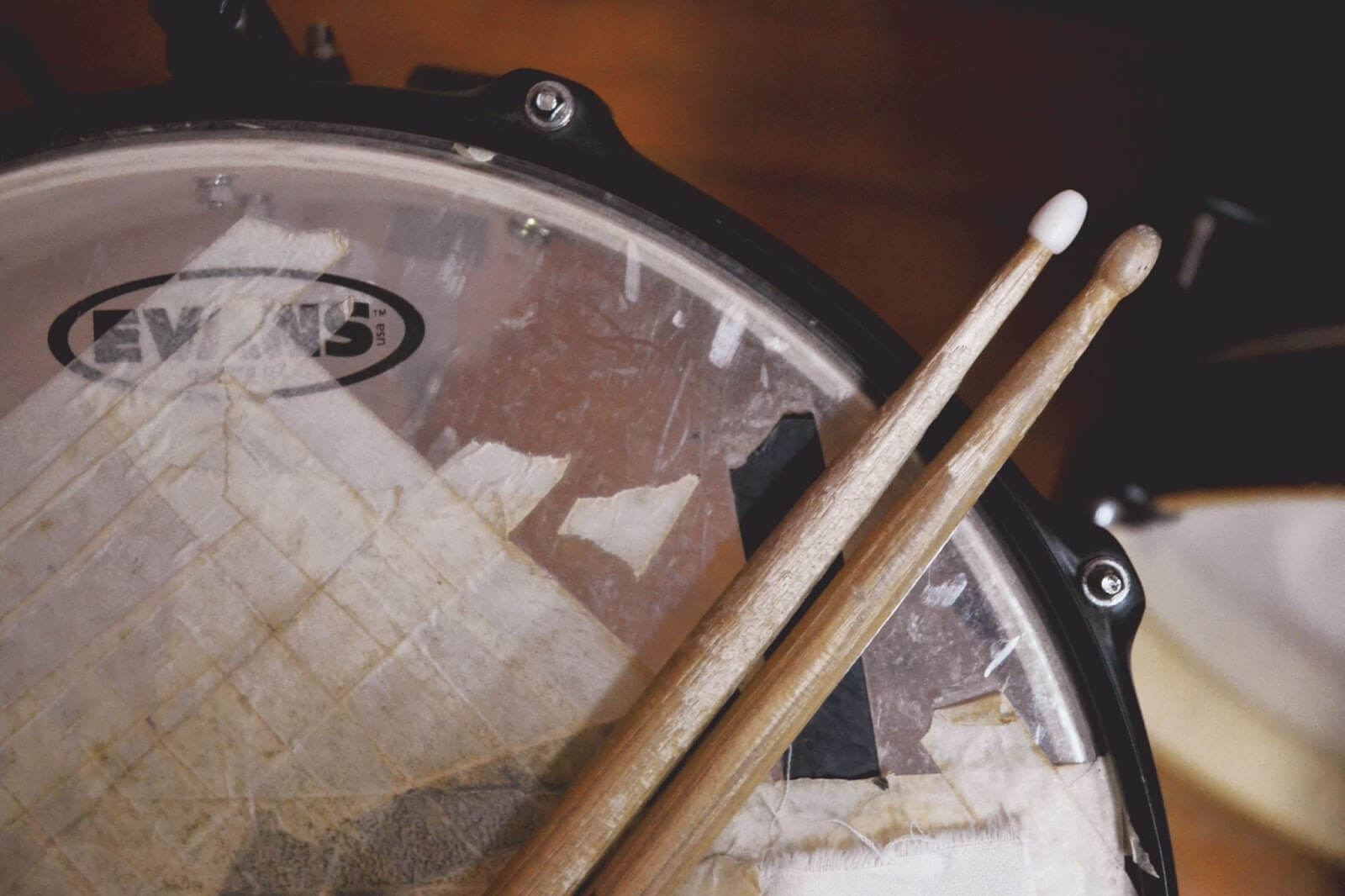
Dedicated practice is the only way for a drummer to gain enough technique and make the whole kit sound right. However, many drummers, especially beginners, don’t have 24/7 access to drum kits. What’s the way out? A drum pad! In this quick guide, you’ll find out how to choose the best beginner drum pad and prepare to rock on like a monster!
Types of Beginner Drum Pads
You have the option to use single-surfaced and multi-surfaced drum pads. The first type is the most compact and offers you just a single or a double-sided pad for practicing rhythm. Multi-surfaced pads include several pads on a larger board or a similar small board to imitate the real drum kit layout. They offer you an opportunity to practice more complex patterns and movements. Some multi-surfaced practice pads include a standard 5-piece rack imitation to let you practice snare, toms, and kick all at once without making noise. It’s the least compact option, but it lets you adjust the positions of pads and achieve the right posture.
There’s no right option for a beginner, but the first type is always much more affordable, and you can take it anywhere in your bag, while the multi-surfaced pad is a cumbersome stay-at-home option for complex practice. Still, you can find portable multi-surfaced pads too and train to play with different resistance on the go.
Alternatively, you can purchase a portable single or multi-surface electronic drum pad to play with realistic sounds, train to use pedals, and play along with your favorite songs. It’s not a classic option that might distract you as a beginner. On the other hand, the built-in metronome, realistic sound in headphones, and a set of practice programs are nothing but a bunch of great development opportunities. It comes at a higher price too, though.
Materials
Classic practice pads are made of rubber, which usually provides realistic rebound and makes your practice almost noiseless. Another (more versatile) option is mesh. Mesh drum pads are even quieter than rubber pads and let you tune the tension to train with different rebound strengths. Some of them can even be mounted to snare stands to let you imitate the right posture. If you opt for an electronic drum pad, be ready that most models are made of rubber. Some manufacturers may also offer unique types of plastic, silica gel, etc.
Size
Depending on the pad type you choose, the diameter can vary from just 2” to 12”. You can exercise in any size, but select the one that feels most convenient for your practicing conditions.
Pricing
Looking for a decent drum pad, get ready to spend from $20 to $60 for classic models and up to $200 for pads with complex configurations and unique materials. Electronic models start from $100 and reach $300.
To the Great Chops!
Get your practice pad as quickly as possible and start practicing as frequently as you can! It’s the only way to train your hands and reach a decent skill level. Even the star drummers, who look like they were born with drumsticks in their teeth, practice almost every day to maintain their skill, so you have to do the same to keep up.
